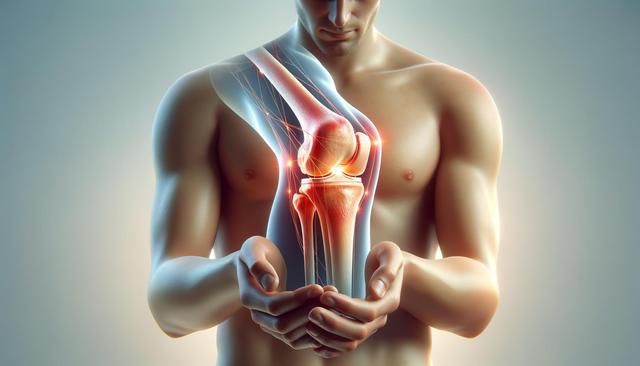Understanding the Root Causes of Knee Pain
Knee pain can stem from a variety of factors, ranging from acute injuries to chronic conditions. Identifying the underlying cause is the first step in effectively managing knee discomfort. Common culprits include ligament injuries, such as ACL or MCL tears, degenerative joint diseases like osteoarthritis, and overuse syndromes including tendinitis and bursitis. Poor posture, weak muscles, or imbalances in gait mechanics can also contribute to long-term knee issues. By recognizing the root cause, you can better focus on appropriate treatments and avoid aggravating your symptoms.
It’s important to consult with a healthcare provider for a proper diagnosis, especially if your pain is persistent or worsening. Diagnostic tools such as X-rays, MRIs, or physical examinations help pinpoint the source of pain. Once the cause is identified, you can begin to address it with targeted strategies for relief and recovery.
Effective At-Home Strategies for Immediate Relief
While professional care is essential for certain knee conditions, several at-home methods can offer temporary relief or complement your treatment plan. One of the most recommended approaches is the R.I.C.E. method:
- Rest: Avoid activities that strain the knee.
- Ice: Apply cold packs for 15–20 minutes several times a day to reduce swelling.
- Compression: Use a knee brace or wrap to support the joint.
- Elevation: Raise the leg to decrease fluid buildup.
Over-the-counter anti-inflammatory medications may also help reduce pain and swelling. Gentle stretching and mobility exercises, such as heel slides and quad sets, promote blood flow and maintain joint function without placing too much stress on the knee. However, be cautious and stop any activity that exacerbates the pain.
Building Strength to Support Long-Term Knee Health
Strengthening the muscles around the knee is a crucial part of long-term pain management. Weak muscles can lead to joint instability and increase the risk of further injury. Focus on strengthening the quadriceps, hamstrings, glutes, and calf muscles. Incorporating low-impact exercises such as swimming, elliptical training, and cycling can also enhance joint function while minimizing stress.
Here are a few exercises to consider adding to your routine:
- Leg lifts for quad engagement
- Bridges to strengthen glutes and hamstrings
- Calf raises for lower leg support
Always start with low resistance and gradually increase intensity as your strength improves. It’s advisable to work with a physical therapist or trainer who can guide you through proper form and progression to avoid strain or injury.
Incorporating Lifestyle Adjustments
Beyond exercise, lifestyle changes significantly influence knee health. Maintaining a healthy weight reduces pressure on the knees, especially during standing or weight-bearing activities. Each pound of extra body weight adds several pounds of pressure on the knee joint, increasing the risk of cartilage breakdown and pain.
Other beneficial adjustments include:
- Wearing supportive footwear to improve alignment
- Using assistive devices like canes or orthotics if recommended
- Modifying physical activities to include more low-impact options
Nutrition also plays a role in joint health. Diets rich in anti-inflammatory foods, such as leafy greens, fatty fish, and berries, can help manage chronic inflammation. Staying hydrated and avoiding excessive processed foods also contribute to better overall joint function.
Seeking Professional Guidance When Needed
If home remedies and lifestyle changes do not lead to noticeable improvement, it’s essential to explore professional treatment options. Physical therapists can develop customized rehabilitation programs, while orthopedic specialists may recommend interventions ranging from corticosteroid injections to surgical procedures in severe cases.
Alternative therapies such as acupuncture, massage therapy, and chiropractic care may also offer relief for some individuals. It’s important to discuss these options with your healthcare provider to ensure they are appropriate for your specific condition. Keep in mind that early intervention often leads to more effective outcomes, so don’t delay seeking help if symptoms persist or worsen.
Conclusion: Taking the Next Step Toward Knee Comfort
Knee pain can impact your mobility and quality of life, but with the right approach, it’s possible to manage and reduce discomfort. By understanding the cause, implementing immediate relief strategies, strengthening your muscles, making lifestyle adjustments, and consulting professionals when needed, you can take meaningful steps toward long-term knee health. Consistency and patience are key—small improvements over time can lead to significant outcomes. Start your journey today with a clear, step-by-step plan tailored to your needs.








